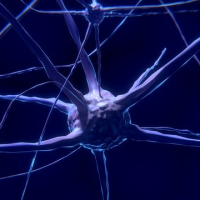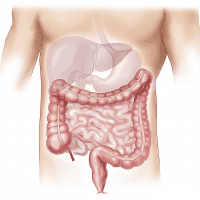- Mold Toxicity, Biotoxin Illness & CIRS
- Mold Toxicity and Lyme Disease
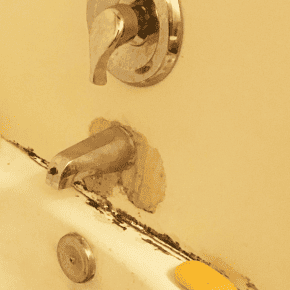
Mold Toxicity and Lyme Disease
Articles
- Bacteria
- Biotoxin Illness
- Brain Fog
- CIRS - Chronic Inflammatory Response Syndrome
- Headaches
- Lyme Disease
- Mold Toxicity
- Mycotoxin
- Parasites
- Toxins
Mold Toxicity and Lyme Disease
Lyme Disease and Mold Toxicity Symptoms
Mold toxicity and Lyme disease can produce very similar symptoms, such as fatigue, headaches, muscle aches, joint pain, brain fog, immune system dysfunction among many others. The overlap in symptoms can often make it challenging to distinguish between the two conditions based on symptoms alone.
Both mold toxicity and Lyme disease can result in chronic inflammatory response syndrome (CIRS). Without proper testing and acknowledgment of past risk factors, it is very difficult to determine if symptoms are attributed to Lyme disease or mold illness or even both at the same time.
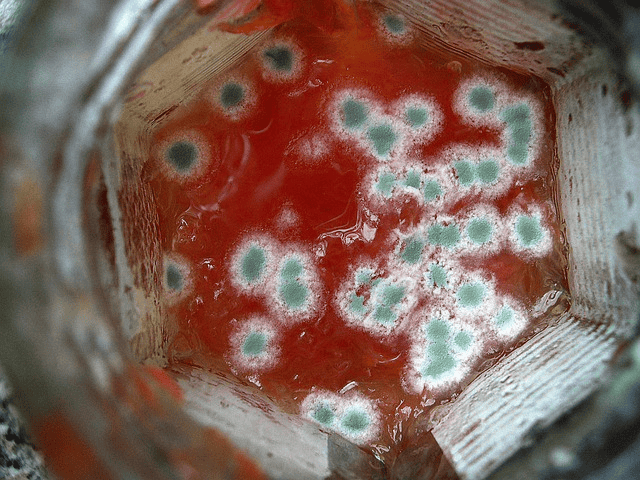
Immune System Impact
Both Lyme disease and mold exposure can have large consequences on the immune system. Mold toxins, known as mycotoxins, can suppress immune function, making individuals more susceptible to infections such as Lyme disease from a tick bite. Similarly, Lyme disease can wreak havoc on the immune system, making people more vulnerable to the effects of toxic mold. Lyme disease and mold illness can result in chronic inflammatory response syndrome (CIRS) and a dysregulated immune system. Chronic inflammatory response syndrome causes chronic inflammation which can mimic many other types of chronic health conditions.
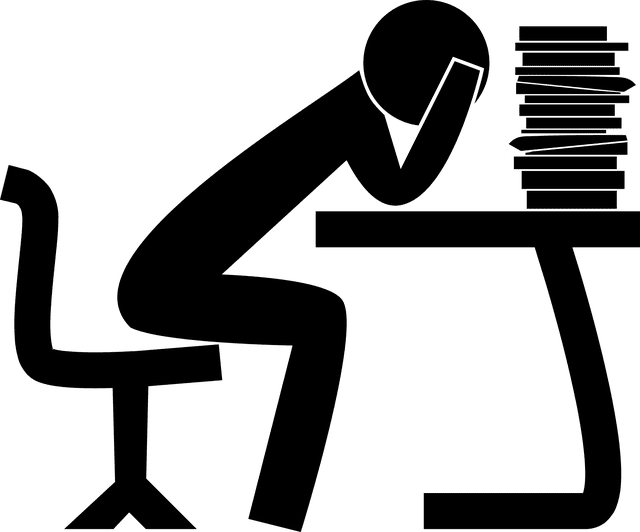
Co-Infections
It's also quite possible for individuals to have both Lyme disease and mold toxicity concurrently. Mold toxins can weaken the body's defenses, potentially making it more difficult for the immune system to control or eliminate Lyme disease bacteria. In terms of Lyme disease, Lyme disease symptoms are traditionally associated with the bacteria Borrelia Burgdorferi. However, numerous other co-infections are often found in patients with Lyme Disease which are carried and spread by ticks and possibly other infectious disease vectors.
Co-infections with Lyme Disease
Aside from Borrelia bacteria, numerous other pathogens can contribute to symptoms associated with Lyme Disease such as: Babesia, Anaplasma, Ehrlichia, Bartonella, Mycoplasma, Powassan virus, Tularemia and many others.
It's important to note that co-infections complicate the diagnosis and treatment of Lyme disease, because the symptoms overlap but the testing is completely different. Also, the treatments for one pathogen contributing to Lyme disease may not work for a different co-infection.
If Lyme disease or any other associated co-infections is suspected, it is critical to consult with a Lyme literate doctor, for accurate diagnosis and appropriate treatment. Unfortunately, the testing used in most well-known hospitals and medical facilities is outdated is misses many cases of Lyme disease.
Synergistic Effects:
Mold toxins and Lyme disease can have synergistic effects, meaning that the presence of one can exacerbate the symptoms and severity of the other. This can complicate the diagnosis and treatment of individuals who are exposed to both mold toxins, Lyme disease bacteria and co-infections.
Diagnosis of Mold Toxicity and Lyme Disease
Given the overlapping symptoms, it is important for healthcare professionals to consider both mold toxicity and Lyme disease when evaluating patients. Proper assessment, including medical history & past risk factors, clinical examination, and diagnostic testing, is necessary to differentiate between the two conditions and develop an appropriate treatment plan.
When mold illness and Lyme disease are both present, both treatments are different and need to both be addressed in order to completely heal. Issues with mold makes it difficult to treat Lyme disease as the immune system is unable to work properly.
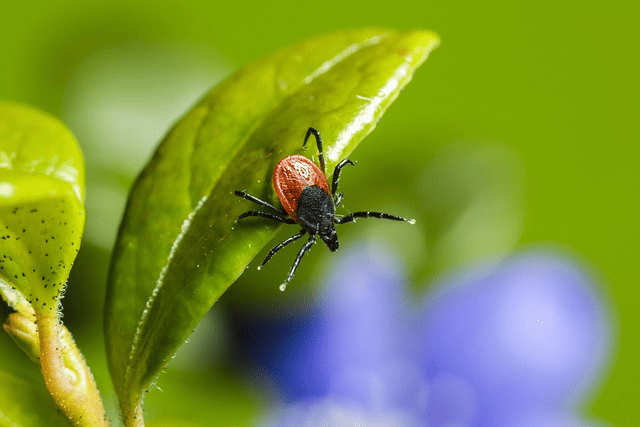
Summary
Chronic mold exposure and chronic Lyme disease can both cause detrimental effects to one's health. It is critical to know the risk factors and long-term health problems associated with these illnesses and get proper medical treatment.
Treatments for Lyme disease and co-infections may involve antibiotics, antiparasitic prescriptions and natural supplements. Treatments for mold illness may involve antifungal medications and natural supplements along with various types of binders to remove toxins from the body. Along with these treatments, it is important to keep the immune system strong to allow the body to remove the toxins from the body as efficiently as possible.
-
{{#owner}}
-
{{#url}}
{{#avatarSrc}}
{{name}} {{/url}} {{^url}} {{#avatar}} {{& avatar}} {{/avatar}} {{name}} {{/url}} - {{/owner}} {{#created}}
- {{created}} {{/created}}


